The Best Tools for Creating an Organization Chart Online
An organization chart is a visual representation of a company's hierarchical structure. It details the roles, responsibilities, and relationships among individuals within an entity. Online tools have simplified the creation of these charts by providing pre-designed templates and drag-and-drop features. Let's look at some of the best tools for creating an organization chart online.
- Boardmix
Boardmix is an online platform that provides intuitive tools for creating professional organizational charts. It offers a wide range of customizable templates, allows real-time collaboration, and enables you to share your charts easily within your team. Boardmix's charts can be updated in real-time and are accessible from any device, making it a top choice for many businesses.

- Lucidchart
Lucidchart is a diagramming tool that enables users to create an organizational chart using their user-friendly interface and extensive template library. With its easy sharing capabilities and integrations with platforms like G Suite, Microsoft Office, Slack, and more, Lucidchart makes collaboration and communication easy.

- Canva
Known for its design capabilities, Canva also offers functionality for creating organizational charts. Canva provides various beautiful templates that can be customized with colors, fonts, and images that suit your company’s branding.
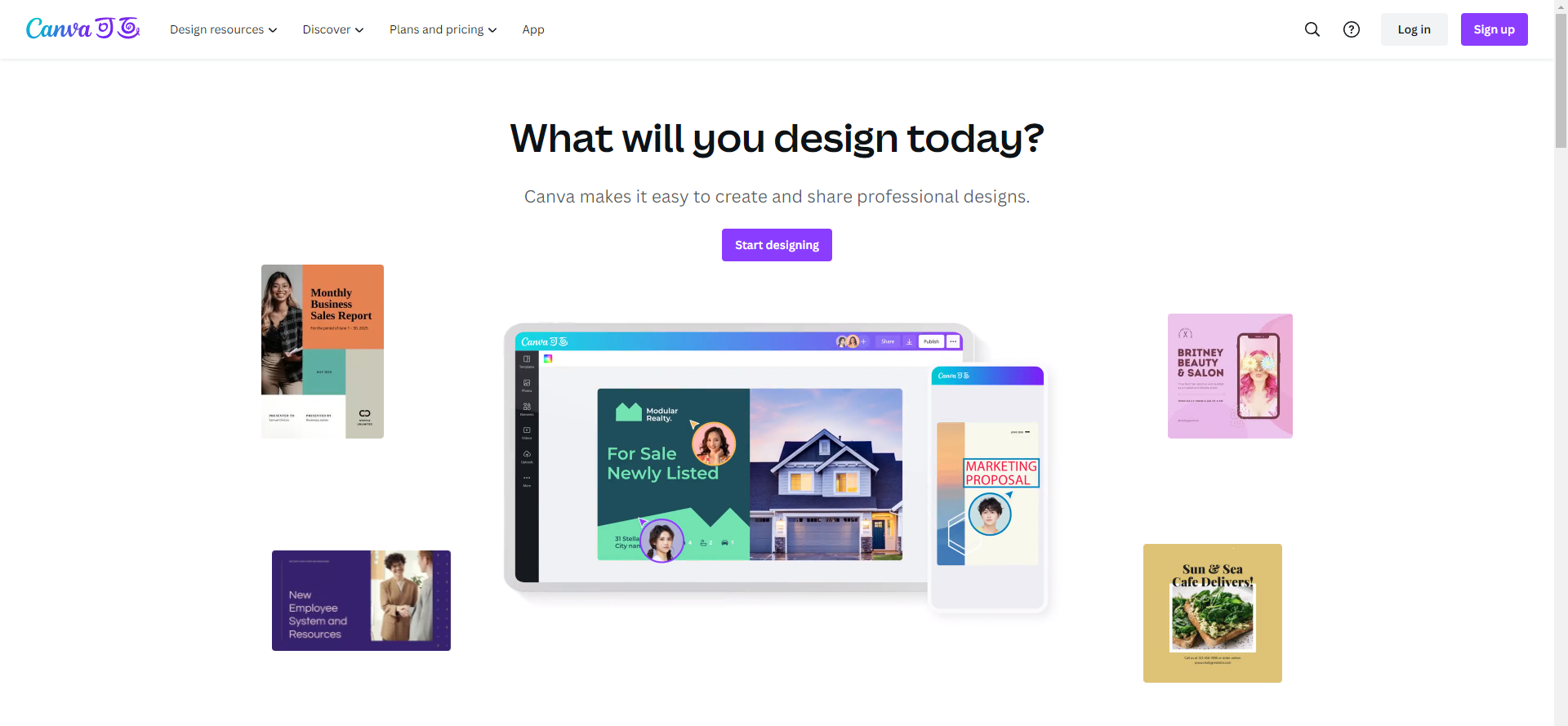
- Microsoft Office
Microsoft Office (Word, Excel, PowerPoint) has built-in tools for creating basic organizational charts. While it doesn’t offer as much flexibility as other dedicated tools, it's convenient for anyone already using the Microsoft Office suite of products.
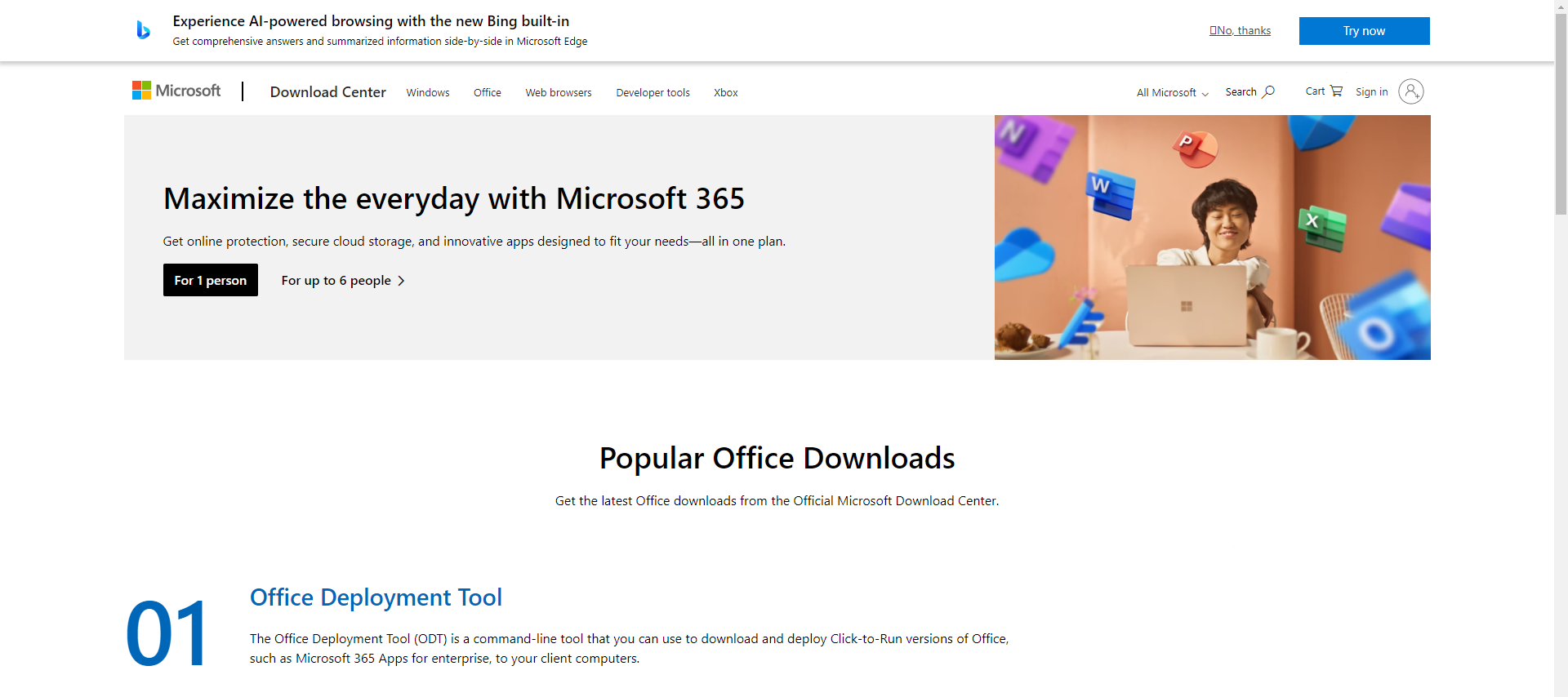
- Google Workspace
Google Workspace (formerly G Suite) also offers simple tools for creating organizational charts in Google Sheets and Google Slides. Much like Microsoft Office, while these tools may not offer as many options as others on this list, they're easy-to-use and great for those who already use Google Workspace.
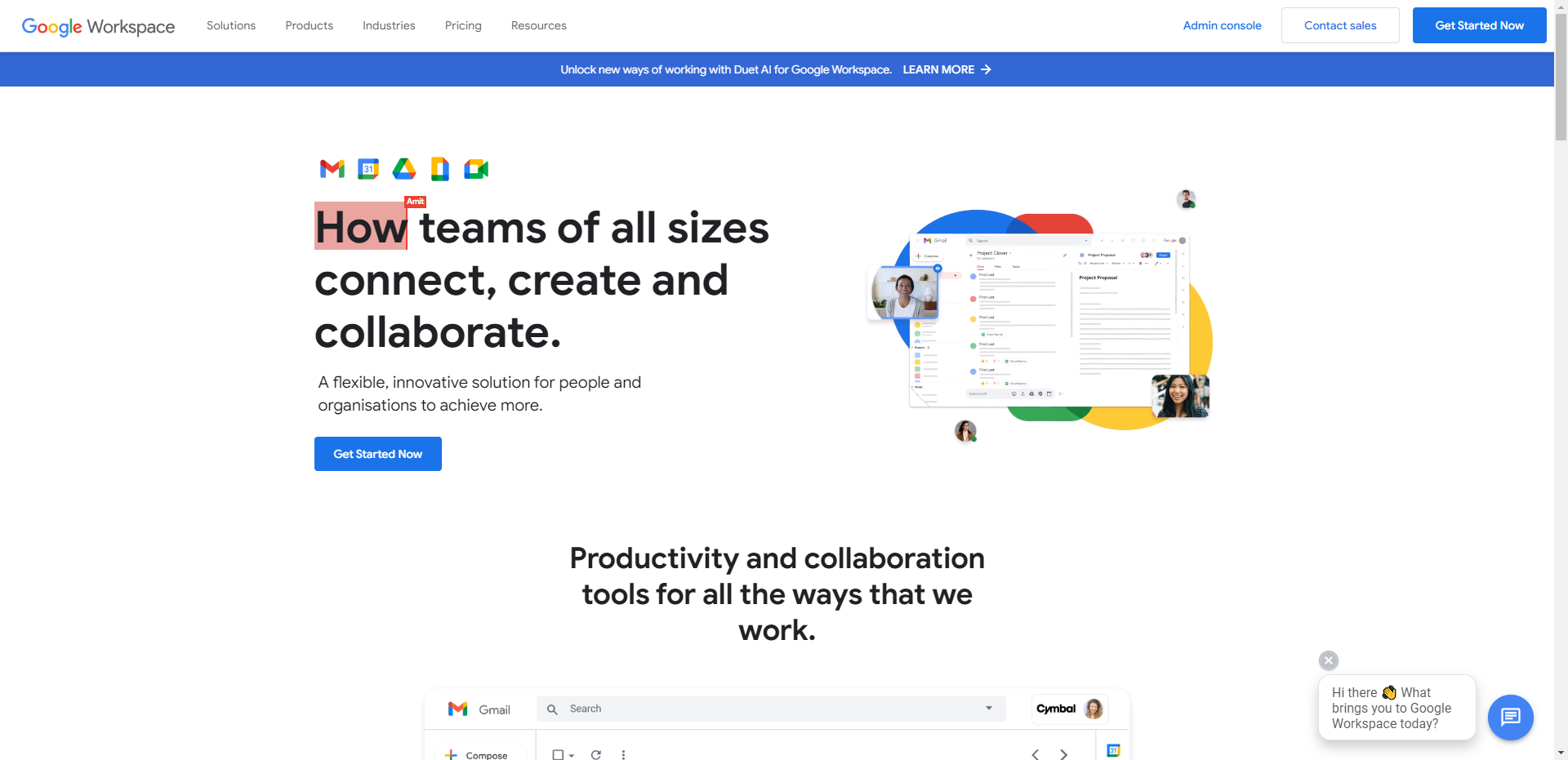
- SmartDraw
SmartDraw is another powerful tool for creating professional-looking organization charts. It offers automation to help you add shapes and lines quickly, numerous templates to get started, and the ability to add photos and links to make your chart more informative.
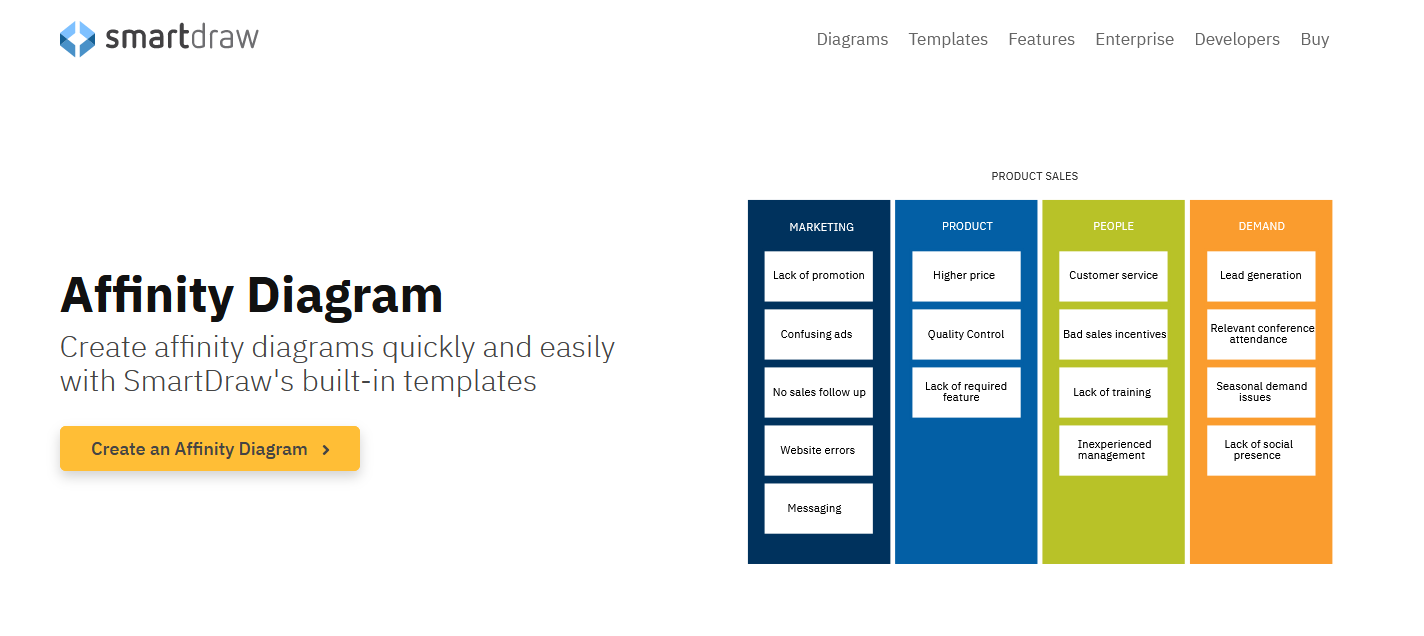
- Gliffy
Gliffy is an online diagramming tool that's useful for creating organizational charts. It offers a straightforward interface with drag-and-drop shapes, lines, and text to help you create your org chart.

- Creately
Creately is a tool for designing diagrams and charts, including organizational charts. Its features include real-time collaboration, inline comments and discussion threads, and thousands of templates to get started.
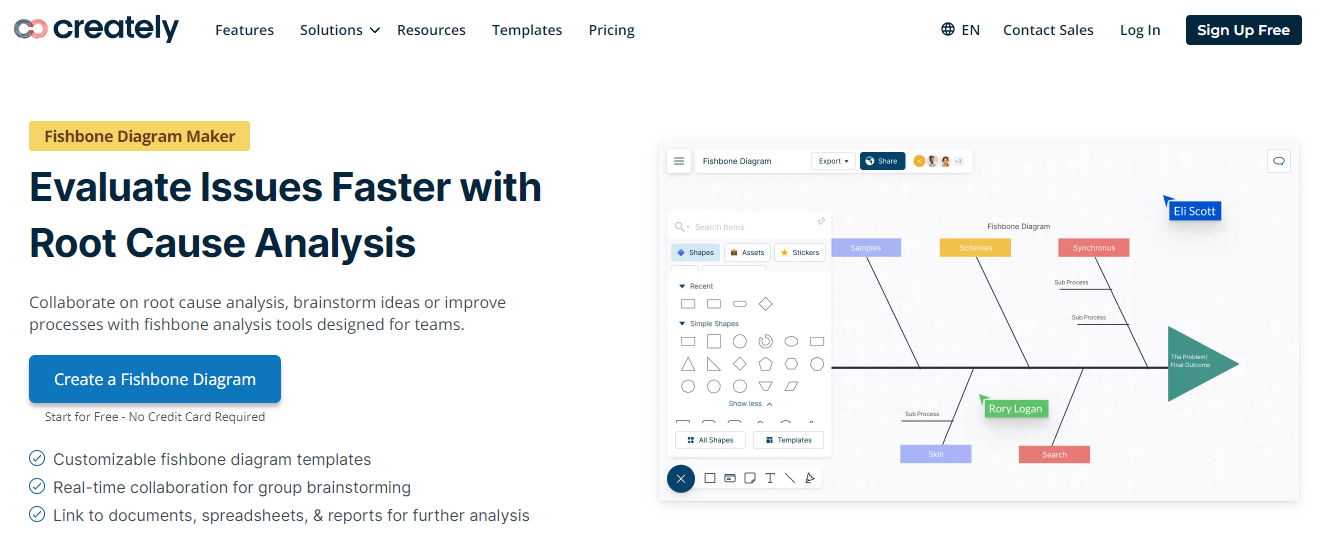
All these online tools can be great aids in crafting an organizational chart that truly mirrors your organization's structure while encouraging effective communication and understanding across all departments. Your choice will ultimately depend on your specific needs, such as the size of your organization, your budget, the level of customization required, and the platforms your team already uses or prefers.
How to Create an Organization Chart Online in 5 Easy Steps
Organizational charts are valuable tools that depict the hierarchy and internal structure of a company, highlighting the relationships among its different roles. Here's how you can create an organization chart online in five easy steps.
- Choose the Right Tool
The first step is to choose an online tool that best suits your needs. Some popular choices include Boardmix, Lucidchart, Canva, Microsoft Office, Google Workspace, and others as discussed in previous sections. Some factors to consider while choosing include the tool's ease of use, customization options, real-time collaboration capabilities, and integration with other platforms.
- Create a New Chart
After choosing a tool, log in to your account and create a new chart. This usually involves clicking on a 'Create New' button or similar options.
- Select a Template
Most online tools offer a variety of templates to get you started. Choose a template that best represents your organizational structure. You can usually customize the template to match your company's branding.
- Add and Edit Elements
Add the elements that represent different roles in your organization such as boxes or circles. Next, insert the relevant information like names and job titles into these elements. Make sure to connect these elements correctly to indicate reporting relationships and hierarchy. Most tools provide intuitive drag-and-drop functionality to make this process seamless.
- Save and Share Your Chart
Once your chart is complete and accurate, save your work. Online tools usually allow you to export the chart in various formats for sharing or printing. Some tools also offer options for you to share the chart directly with team members or stakeholders via email or a link.
Remember, an organizational chart should be updated regularly to reflect any changes in the organization's structure. By following these simple steps, you can create a clear and effective organizational chart that fosters better communication and strategic planning within your organization.
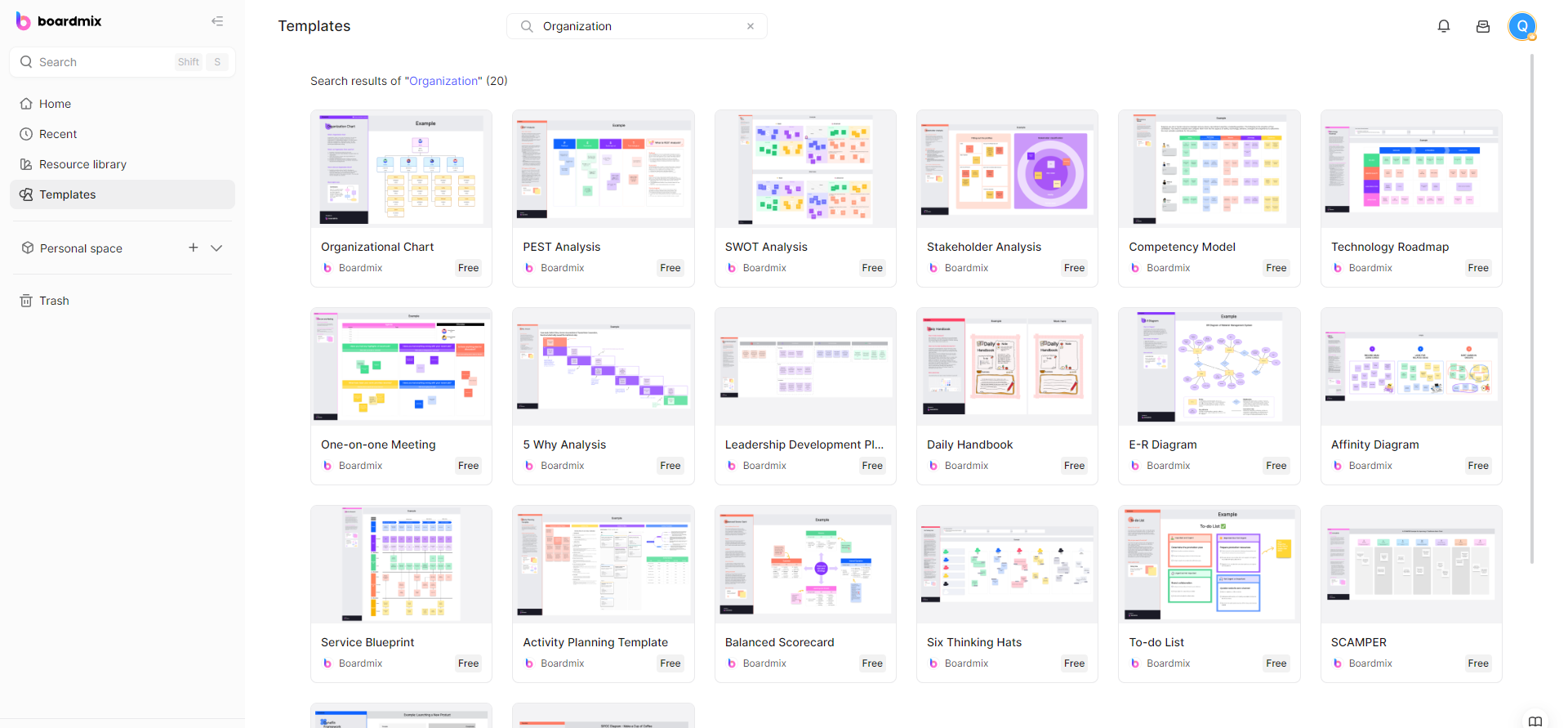
The Pros and Cons of Creating an Organization Chart Online
Creating an organizational chart online can be a great way to visualize the structure of your organization and facilitate better communication. However, like any other process, it has its own set of pros and cons. Let's take a look at both.
Pros of Creating an Organization Chart Online
- User-Friendly Tools
Most online tools for creating organizational charts have a user-friendly interface with drag-and-drop features, which makes the process simple and efficient, even for those with limited technical skills.
- Accessible Anytime, Anywhere
Online charts are easily accessible from any location and on any device with an internet connection. This facilitates collaboration as team members can view and edit the chart remotely.
- Variety of Templates
Online tools provide a wide array of pre-designed templates that cater to different organizational structures, reducing the time and effort required in creating a chart from scratch.
- Real-Time Updates
With online charts, updates can be made in real-time. This ensures that everyone in the organization has access to the most recent version, which is especially beneficial in dynamic organizations where changes often occur.
- Easy to Share
Online organizational charts can easily be shared with a link or embedded in a webpage. Some tools even allow for direct sharing through platforms like Slack, Microsoft Teams, or email.
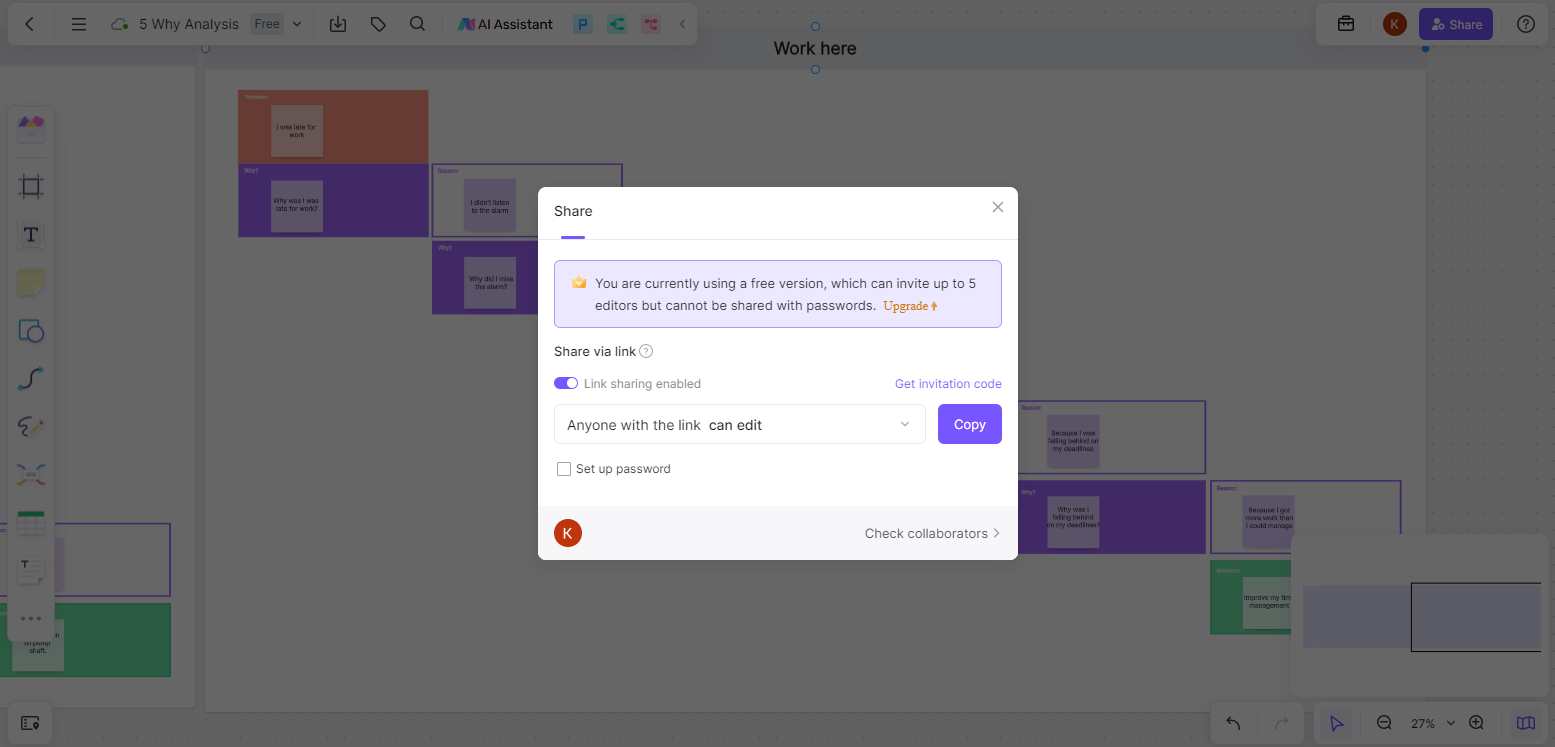
Cons of Creating an Organization Chart Online
- Dependence on Internet Connectivity
Since these charts are created online, they can't be accessed or edited without an internet connection.
- Limited Customization
While most tools offer a good variety of templates, they might not cater to every unique need or preference for customization.
- Potential Privacy Issues
If sensitive information is included in your organizational chart, there could be potential privacy issues, especially if the tool does not offer robust security measures.
- Learning Curve
While most tools are user-friendly, some may have more complex features that require a learning curve.
- Cost
While there are free options available, more advanced features or a higher level of customization may require a paid subscription.
In conclusion, creating an organization chart online has several advantages, such as ease of use, accessibility, real-time updates, and easy sharing options. However, potential challenges include internet dependence, limited customization options, potential privacy issues, a learning curve for some tools, and possible costs for advanced features. Therefore, it's important to weigh these pros and cons before deciding to create your organizational chart online.
The Top 5 Mistakes to Avoid When Creating an Organization Chart Online
Creating an organization chart online can be a straightforward process with the right tool, but there are some common mistakes that you should avoid to ensure your chart is effective and accurate. Here are the top 5 mistakes to steer clear of:
- Overloading with Information
One common mistake is overloading your organizational chart with too much information. An organizational chart should provide a clear, high-level overview of your organization's structure, not detailed job descriptions or individual performance metrics. Include only necessary details like names, titles, and reporting lines.
- Lack of Regular Updates
An outdated organizational chart can cause confusion and miscommunication. As your organization grows and changes, it's essential to update your chart accordingly. This includes when employees leave, new roles are created, or responsibilities shift.
- Neglecting to Use Clear Labels
Every role in the organizational chart should have a clear label indicating its function. Vague or ambiguous labels can lead to misunderstanding about who does what in your organization. Make sure each label is concise yet comprehensive.
- Not Considering Visual Clarity and Appeal
While content is critical, neglecting the visual aspect of your organizational chart is a mistake. The design should be clean and professional, and should not distract from the information being presented. Consistency in shapes, lines, colors, and font sizes also makes your chart easier to read and understand.
- Ignoring the Accessibility of the Chart
The organizational chart must be easily accessible to everyone in the organization. If the chart is buried in a rarely visited part of your intranet or lost in a heap of files, it defeats its purpose. Make sure your online org chart is visible and can be accessed by all employees.
By avoiding these common mistakes, you can create an effective and efficient organization chart that not only shows your business structure but also improves communication and understanding within your organization. A well-crafted organizational chart can be a powerful tool for aligning roles, planning for growth, and developing effective workflows.








